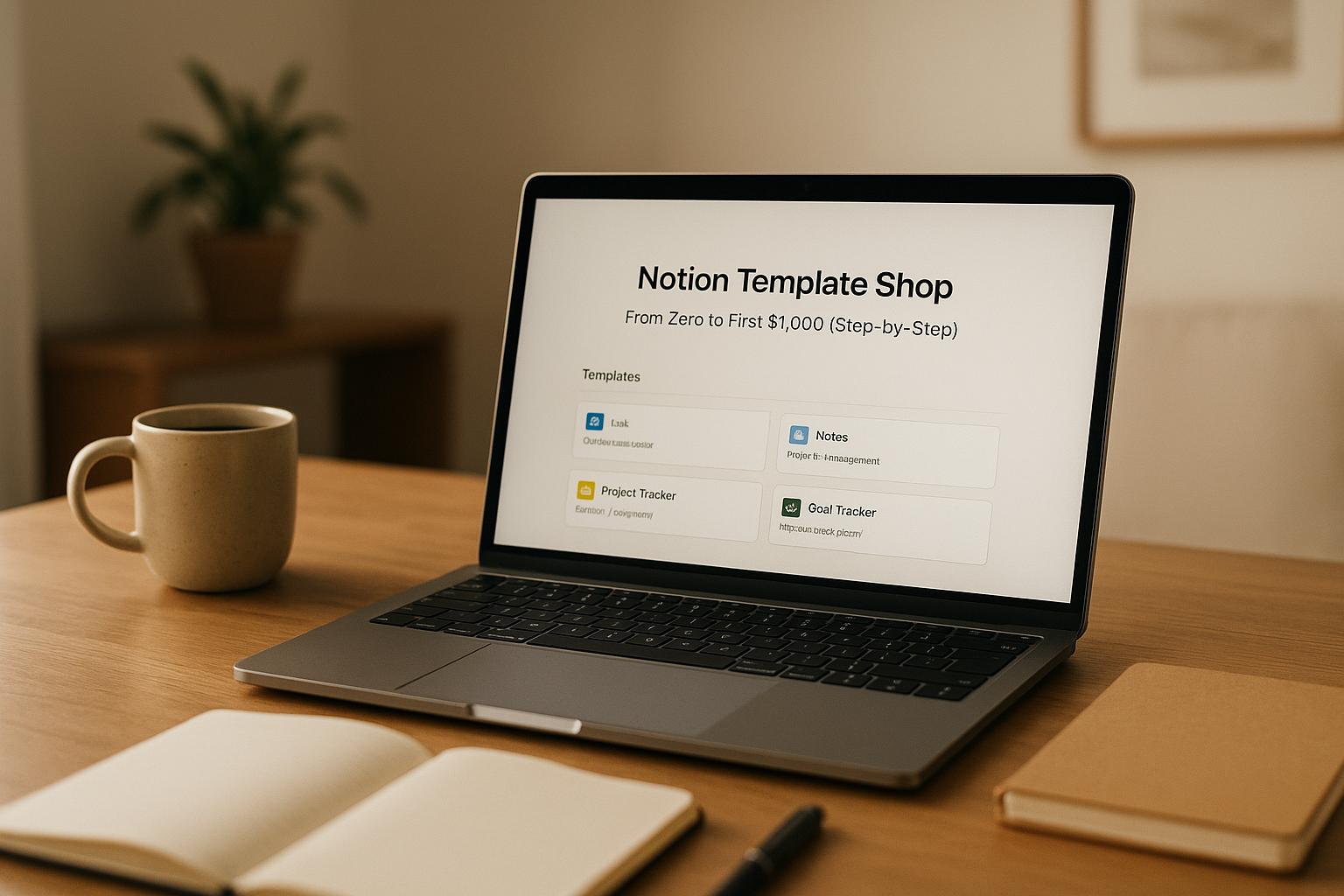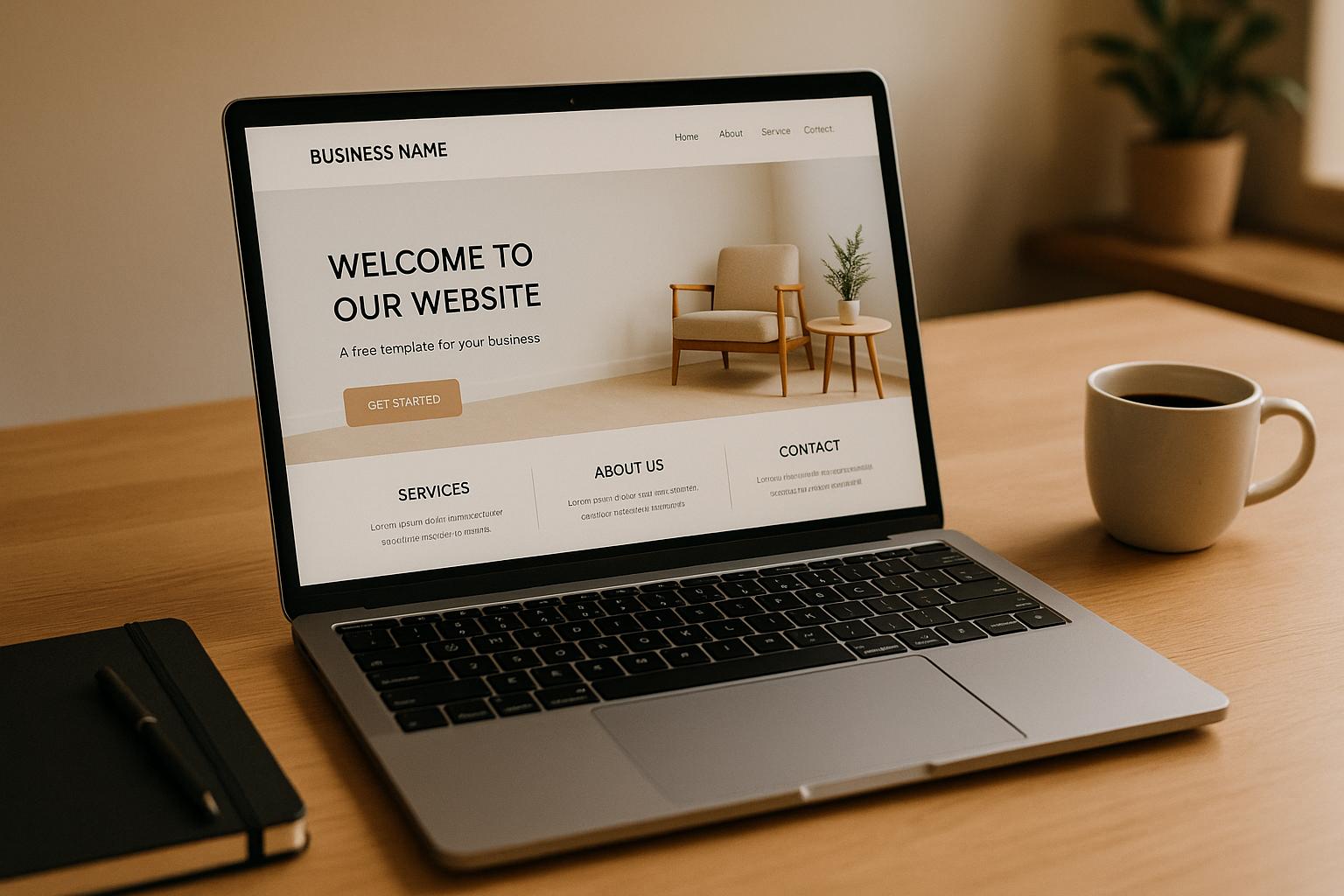
- Bank Loan Approval Rates Are Low: Only 14.6% of applications are approved, pushing many businesses to avoid applying altogether.
- Digital Lending Is Growing Fast: The digital lending market has doubled since 2021 and is expected to reach $20.5 billion by 2026.
- Alternative Lending Options Are Booming: With approval rates between 60–70%, options like revenue-based financing, asset-based lending, and merchant cash advances are becoming popular for faster access to funds.
- Embedded and API-First Lending Are on the Rise: Embedded lending is projected to hit $23.31 billion by 2031, while API-first platforms could capture 40% of the market by 2026.
- Credit Scores Still Matter: Personal and business credit scores significantly impact loan terms, but alternative lenders are increasingly using cash flow and real-time data instead of traditional credit checks.
Quick Comparison Table
| Lending Type | Key Features | Market Position |
|---|---|---|
| Bank Loans | Low interest rates, strict criteria | 14.6% approval rate, declining popularity |
| Digital Lending | Fast approval, flexible terms | $20.5B market size by 2026 |
| Embedded Lending | Integrated into operations | $23.31B market size by 2031 |
| API-First Platforms | Workflow integration | 40% market share projected by 2026 |
| Revenue-Based Financing | Flexible repayments tied to revenue | Approval in 2–5 days |
| Asset-Based Lending | Secured by assets | Approval in 1–2 weeks |
| Merchant Cash Advances | Based on daily sales | Approval in 24–48 hours |
In 2025, businesses must adapt to new funding trends, explore alternative options, and use tools like IdeaFloat to improve their chances of securing loans. Whether through traditional banks, digital lenders, or alternative methods, understanding the changing landscape is key to accessing the funding you need.
The Future of Small Business Lending: What's Changing in 2025
Bank Loans: What Works and What Doesn't
Traditional bank lending in 2025 comes with both opportunities and obstacles. Fine-tuning your application approach can make all the difference.
Loan Success Stories
One key improvement has been the removal of SBA guarantee fees for loans under $1 million. This change has helped community banks offer more personalized service, keeping open lines of communication throughout the process.
"At Plumas Bank, we're in the information business. The more complete your application, the better decisions we can make and the faster we can provide an answer."
– Rodney Borges, SVP Small Business Lending, Plumas Bank
A strong application includes complete documentation and a clear plan for growth. Building trust with your lender and showing a proven track record of operations can also improve your chances. Modern digital tools now make it easier to organize paperwork and foster better connections with lenders.
Now, let’s look at the common challenges that hold applicants back.
Common Application Barriers
Securing traditional financing often comes with its own set of roadblocks:
- Credit Requirements: Lenders expect thorough financial records and detailed documentation.
- Incomplete Documentation: Over half of loan rejections stem from missing paperwork. Lenders assess applications based on the "Six Cs of Creditworthiness" - Capacity, Capital, Collateral, Conditions, Character, and Communication.
- Industry-Specific Issues: Approval rates can vary widely depending on the business's industry and location. Companies in urban areas or with revenues above $1 million are more likely to secure funding.
- Personal Guarantees: According to Roderick Wilson, Bank of America's Small Business Lending Product executive, "You're almost always going to have to sign a personal guarantee on a small business loan".
These challenges explain why many businesses are now exploring alternative funding options.
New Funding Options Beyond Banks
The world of financing is changing, with alternative funding options gaining traction. In fact, the market is projected to hit $921 billion by 2032 . Let's dive into some of the most popular methods that are reshaping how businesses secure capital.
Available Funding Methods
Alternative funding offers quicker access to money compared to banks. While banks approve less than half of all applications, alternative lenders boast approval rates of 60–70% and can provide decisions within a week .
Here’s a breakdown of key options:
| Funding Type | Best For | Key Requirements | Typical Timeline |
|---|---|---|---|
| Revenue-Based Financing | Companies with steady monthly revenue | 4–7× monthly recurring revenue | 2–5 days |
| Asset-Based Lending | Businesses with valuable equipment/inventory | Verifiable asset value | 1–2 weeks |
| Merchant Cash Advances | Retail/service businesses with consistent sales | 3+ months of sales history | 24–48 hours |
| Regulation Crowdfunding | Early-stage startups | Up to $5M annual raise limit | 30–60 days |
These options have helped businesses bypass traditional hurdles and unlock growth opportunities.
Maria's Revenue Financing Story
Maria’s story is a great example of how alternative funding works. Her UK-based fitness app, GRNDHOUSE, used revenue-based financing to boost subscriber growth. This move ultimately attracted £1.5 million in investor funding under much better terms .
Revenue-based financing typically allows businesses to secure funding capped at one-third of their annual recurring revenue or 4–7 times their monthly recurring revenue. Repayments are flexible, ranging from 6–12% of revenue .
Another success story involves Sunwise Capital, which approved a $100,000 loan in early 2025 for a restaurant owner denied by six banks. The decision was based on her daily receipts and growth potential, and the process took only hours .
"Bank rejections can be the best wake-up call for discovering real business funding solutions", says Mark Kane, CEO of Sunwise Capital .
Alternative lenders are also leveraging AI to evaluate businesses. By using real-time metrics and focusing on operational health rather than just credit scores, they’re redefining how funding decisions are made .
sbb-itb-08dd11e
Credit Scores and Business Loans
Understanding how credit scores work is key to navigating the lending environment in 2025.
Credit Score Impact
Credit scores play a major role in securing business loans. Most banks require personal FICO scores of 680 or higher, while SBA lenders may accept scores in the mid-600s . Online lenders, on the other hand, often have looser requirements, with some accepting scores as low as the 500s.
Here’s a breakdown of how different credit scores affect your loan options:
| Credit Score Type | Minimum Requirements | Effect on Loan Terms |
|---|---|---|
| Personal FICO | 680+ (Good) | Access to the best interest rates and most flexible terms |
| Business Experian | 76+ | Seen as low risk; may qualify for better rates |
| FICO SBSS | 140+ | Required for SBA 7(a) loans |
| D&B Business | 80+ | Viewed as low risk by lenders |
These scores directly influence your loan terms, so improving them can make a big difference.
"Having debt and bad credit isn't about stuffing it under the rug and ignoring the problem. It will impact your ability to buy a home, to start a family, to start a business someday, and to live the life you want. The sooner you're able to get control of it, the sooner you can do that." – Janet Alvarez, Executive Editor of WiseBread.com
Credit Score Improvement Guide
Janet Alvarez managed to improve her credit score by addressing debt head-on, including negotiating with creditors and eliminating $20,000 in medical debt while managing her student loans.
If you’re a business owner looking to raise your credit score, here are some practical steps:
- Check Your Credit Report: Review your credit report for errors and dispute any inaccuracies . Services like Experian Boost can help by adding utility and rent payments to your credit history, which might lead to quick improvements .
- Manage Debt Strategically: Keep your credit utilization under 30%. Develop a clear debt repayment plan and, if possible, negotiate better terms with creditors .
- Build Business Credit: Set up your business as a separate legal entity and open business-specific bank accounts . Use business credit cards responsibly and pay off the balance in full each month.
Improving your credit score doesn’t just open the door to better loan terms - it can save you thousands over the life of a loan. For businesses in riskier industries, maintaining a strong credit profile is even more critical.
Loan Requirements by Industry
Different industries face unique challenges when applying for loans in 2025. Understanding the specific requirements for your sector can improve your chances of securing funding.
Higher-Risk Business Sectors
Sectors like hospitality and startups often face stricter lending standards due to higher perceived risks. Many alternative lenders now rely on AI-driven underwriting and real-time data to assess these businesses .
| Industry Type | Traditional Bank Requirements | Alternative Lender Approach |
|---|---|---|
| Hospitality | At least 2 years in operation, Strong credit score, Collateral | Evaluates revenue across all streams (e.g., rooms, services), Seasonal adjustments |
| Startups | Long business history, High credit standards | Focuses on monthly revenue trends, Growth potential, Market opportunities |
| Retail | Physical assets, Consistent revenue history | Looks at daily transaction volume, Customer loyalty metrics |
| Technology | Traditional collateral, Extended operating history | Prioritizes recurring revenue and user growth metrics |
For example, ARF Financial uses a more flexible model, factoring in multiple revenue streams but still requiring a minimum annual income of $100,000 .
These varying criteria highlight how lenders adapt their approaches to address industry-specific challenges. Construction companies, for instance, face their own set of hurdles.
Construction Company Loan Example
"Securing financing is a critical step for any construction business looking to grow or manage its cash flow effectively", says Phil Fernandes, Chief Operating Officer at National Business Capital .
Construction companies often deal with delayed payments, waiting 60-120 days to receive funds . To manage cash flow, these businesses commonly turn to equipment financing (through leases or hire purchases), invoice financing, short-term loans for payroll, and term loans for technology upgrades .
Academy Bank notes, "A business term loan can finance training programs and technology investments that boost productivity and reduce reliance on a large workforce" .
Construction companies that successfully secure funding in 2025 typically showcase:
- Thorough project feasibility studies
- Balanced financial projections
- Clear risk management plans
- Healthy debt-to-income ratios
2025 Loan Requirements and Tools
Current Lender Requirements
The lending environment has shifted dramatically by 2025. With alternative lending reaching $417.8 billion in 2023, it’s clear that businesses are moving away from traditional banks .
Lenders now evaluate borrowers using different criteria:
| Evaluation Criteria | Traditional Banks | Alternative Lenders |
|---|---|---|
| Credit Assessment | Heavy focus on credit scores | Cash flow analysis and real-time metrics |
| Processing Time | Weeks to months | Often under 7 days |
| Documentation | Extensive historical records | Current performance data |
| Approval Rate | Below 50% | 60-70% success rate |
These changes mean businesses must meet specific funding requirements, including:
- Cash Flow Validation: Digital lenders rely on real-time revenue data and predictive analytics to evaluate a company’s financial health .
- Industry-Specific Metrics: Tailored loan products are now available, catering to unique needs like seasonal businesses, which can secure loans with repayment schedules that align with their peak seasons .
Using IdeaFloat for Loan Applications

With stricter lender requirements, tools like IdeaFloat have become essential for businesses. This AI-powered platform helps entrepreneurs create business plans and financial projections tailored to modern lender expectations .
"IdeaFloat saved us weeks of work by helping us explore demand for new products across different regions and took the guesswork out of finding gaps in the market. A must-have for entrepreneurs looking to scale." – Nick Sherwing, Founder of woohoPets
Key features of IdeaFloat include:
- Startup Cost Analyzer: Breaks down costs in detail for lender review.
- Breakeven Analysis: Highlights financial stability.
- Market Size Assessment: Confirms business growth potential.
- SWOT Analysis: Offers a clear picture of risks and opportunities.
"Any existing business that is considering scaling up or changing direction should be using IdeaFloat. It is an incredibly powerful tool"
For businesses seeking funding, IdeaFloat’s tools help create lender-ready documentation:
| Plan Component | What Lenders Look For | How IdeaFloat Helps |
|---|---|---|
| Market Analysis | Market size and potential | AI-driven market assessment tools |
| Financial Projections | Revenue forecasts and cost analysis | Automated financial modeling |
| Risk Assessment | Comprehensive SWOT analysis | Built-in risk evaluation tools |
| Growth Strategy | Clear expansion plans | Strategic planning templates |
IdeaFloat is particularly valuable for alternative lending applications, where fast responses are critical. Over 80% of businesses applying through alternative lenders receive feedback within a week .
Conclusion
The business lending landscape has shifted dramatically, with alternative lending hitting $417.8 billion in 2023 . Stories like Maria's highlight how businesses can thrive by aligning with these changes.
Here’s a quick look at how funding options compare:
| Funding Option | Key Features |
|---|---|
| Traditional Banks | Low 14.6% approval rate, strict requirements |
| Alternative Lenders | Quick decisions, more flexible terms |
| Embedded Finance | Integrated directly into business tools |
Staying prepared is essential. Solid financial records and managing cash flow are critical, especially since 82% of small businesses fail due to cash flow issues . Tools like IdeaFloat can help you craft business plans that meet today’s lender standards.
"Business financing in the near future will be characterized by flexibility, technology and accessibility. By paying attention to these developments and adapting to the evolving lending environment, businesses will be better positioned to access the funds they need in 2025 - and beyond." – Frankie DiAntonio, Forbes Councils Member
With the digital lending market projected to reach $20.5 billion by 2026 , leveraging technology and maintaining strong financial fundamentals will be key to securing funding.
Related Blog Posts
Get the newest tips and tricks of starting your business!


